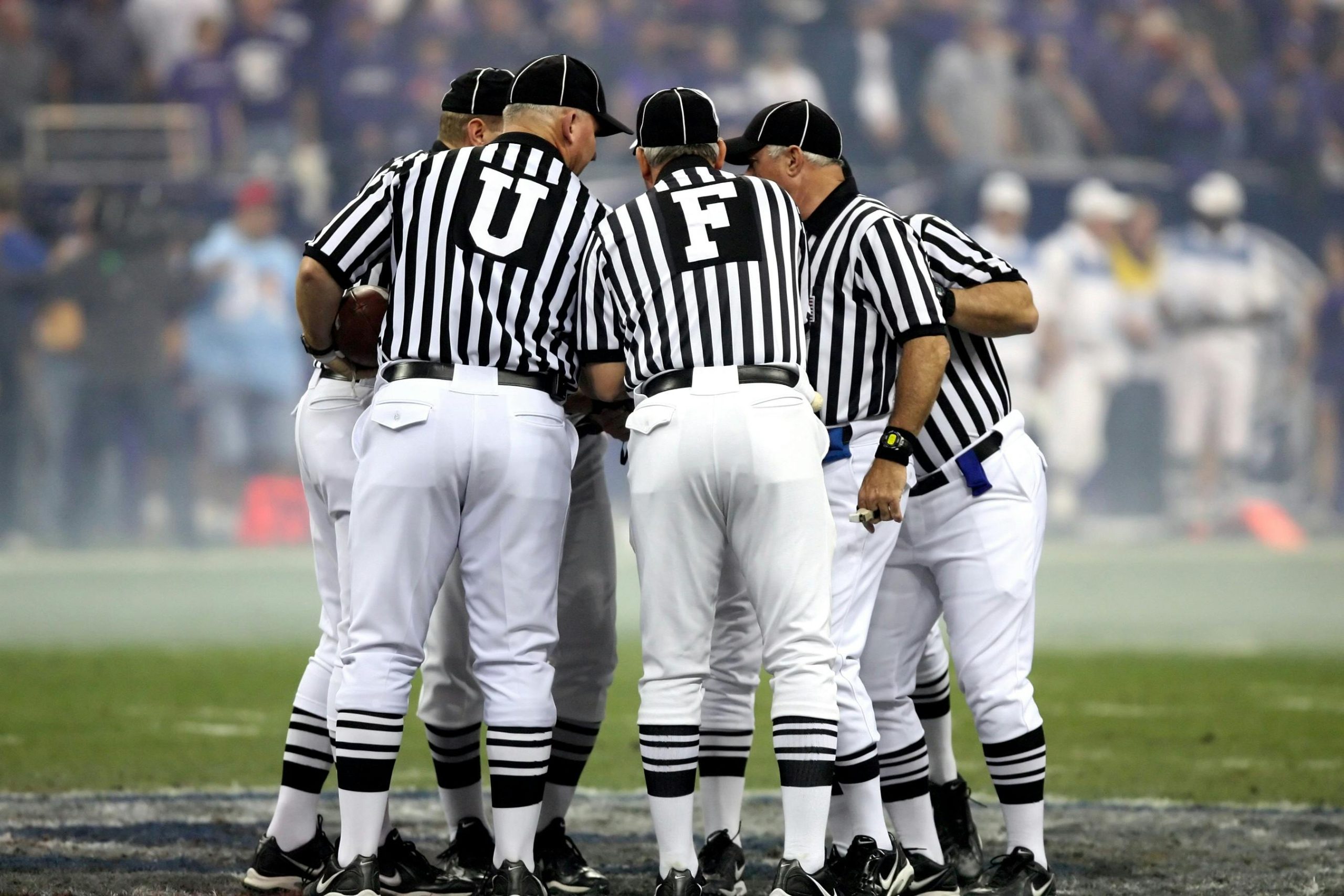The rules of soccer, officially referred to as the “Laws of the Game,” are the foundation of the sport and ensure fair play worldwide. Among these rules, Rule 7 stands out for its importance in governing the duration of a soccer match. While it might seem straightforward, it involves several details that every player, coach, and fan ought to understand. Let’s explore Rule 7 in depth, shedding light on both its primary components and how it is applied during professional and amateur games.
What Does Rule 7 Cover?
Rule 7 is officially titled the “Duration of the Match”. In essence, it defines how long a soccer game lasts, along with regulations for any additional time, stoppages, and potential overtime scenarios. This rule ensures that all teams face consistent and fair timing structures, regardless of the level of play.
The Structure of a Standard Soccer Match
According to Rule 7, a standard soccer match is split into two halves of equal length:
- Each half lasts 45 minutes, making the regular playing time a total of 90 minutes.
- A halftime interval of up to 15 minutes is allowed between the two halves. This break gives players time to rest and strategize with their coaches.
It’s important to note that the clock in soccer does not stop during gameplay. This means that any disruptions, such as injuries or substitutions, are accounted for in what is known as added time or stoppage time.
Understanding Added Time
One of the most intriguing aspects of Rule 7 is its inclusion of added time. The referee has the authority to add extra minutes to the end of each half to compensate for delays that occurred during play. These delays could arise from:
- Injuries that required medical attention.
- Substitutions that took significant time to complete.
- Other interruptions, such as VAR (Video Assistant Referee) decisions.
<li<Time lost from goals being scored and subsequent celebrations.
The amount of added time is at the referee’s discretion, and an announcement is typically made when regular time ends.

What Happens If the Game Is Tied?
If a soccer match ends in a draw, the outcome depends on the competition’s specific rules. Here’s how different scenarios may play out:
- Regular League Matches: In league formats, a tie is typically allowed, with each team earning one point.
- Knockout Tournaments: In competitions where a winner is needed, additional time (commonly referred to as extra time) is played. This comprises two halves of 15 minutes each, totaling 30 minutes of overtime.
If the match remains tied after extra time, a penalty shootout determines the winner. This ensures that matches end with a decisive result when required by the competition format.
Special Considerations: Interrupted Matches
Rule 7 also addresses circumstances in which a match cannot continue due to external factors, such as extreme weather, poor pitch conditions, or crowd disturbances. In such cases, the competition’s governing body determines whether the match should be replayed, abandoned entirely, or resumed from the point where it was stopped.

The Role of the Referee
The referee plays a pivotal role in enforcing Rule 7. Their responsibilities include:
- Keeping accurate track of time during each half of the match.
- Deciding the amount of added time based on stoppages and interruptions.
- Ensuring adherence to halftime duration and starting subsequent halves promptly.
The referee’s decisions are considered final and are a central factor in maintaining the fairness and flow of the game.
Why Is Rule 7 So Important?
In soccer, time management is not just a technical detail—it’s a vital aspect of the game. Strict adherence to Rule 7 ensures that:
- Every match is played under a consistent duration, creating reliability across competitions.
- Unnecessary delays are minimized, keeping games engaging and dynamic.
- Additional time accounts for disruptions, ensuring fairness to all teams involved.
The precision and clarity provided by Rule 7 uphold soccer’s integrity and uphold fairness, making it a cornerstone of the Laws of the Game.

Conclusion
While Rule 7 may seem simple at first glance, it plays a crucial role in creating a balanced structure for the game. From the standard two halves to added time and special circumstances, this rule ensures that the duration of every soccer match is managed fairly and professionally. Whether you’re a casual fan or a seasoned official, understanding Rule 7 is vital for appreciating the nuances of this global sport.
